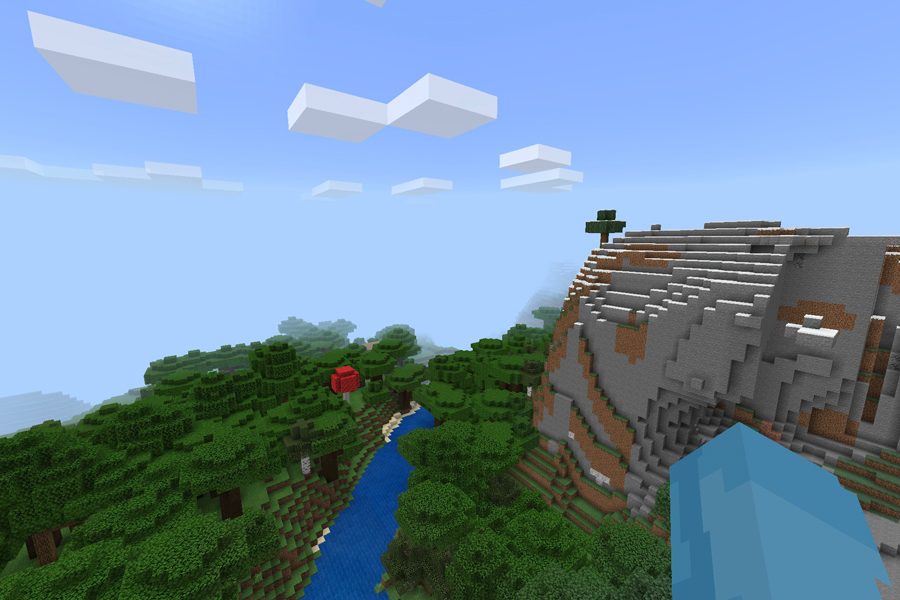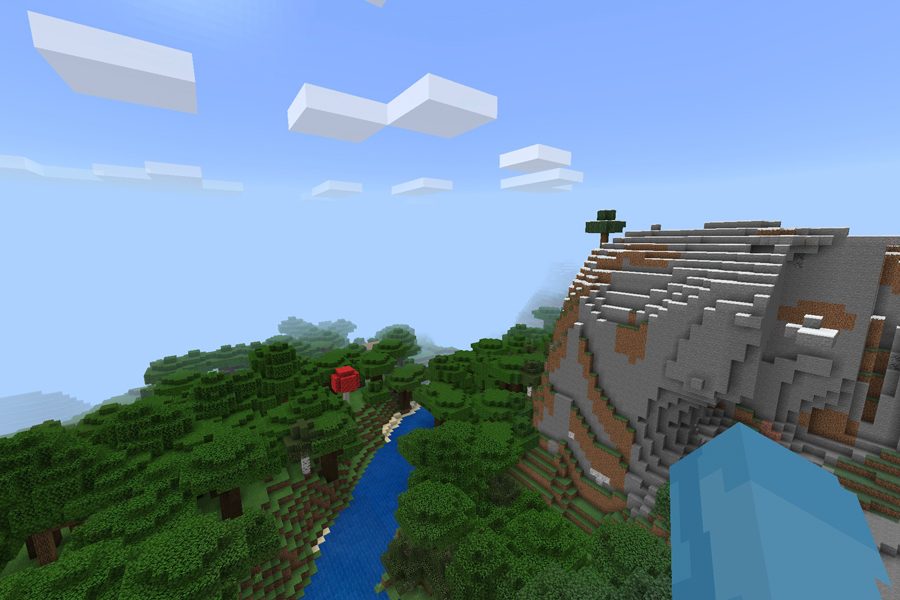When did Minecraft come out? It’s a question that has been asked by countless gamers since the game’s initial release. In this article, we’ll delve into the history of Minecraft, exploring its initial release, major updates, and cultural impact. We’ll also take a look at its future prospects and what the future holds for this beloved game.
Minecraft was first released on May 17, 2009, as a Java-based game for PC. It was initially created by Swedish game developer Markus Persson, also known as “Notch.” The game quickly gained popularity due to its unique blend of creativity and survival gameplay. Players are dropped into a procedurally generated world where they can build, explore, and craft items to survive and thrive.
Initial Release
Minecraft’s initial release marked a significant milestone in the gaming industry, introducing a revolutionary sandbox experience that would captivate players worldwide.
On May 17, 2009, the first public version of Minecraft was made available to the public. This early version, known as the “Classic” version, was released exclusively for personal computers running on the Java platform.
Significance of the Initial Release
- Established the foundation for Minecraft’s future success: The initial release introduced the core gameplay mechanics that would define the game for years to come, including exploration, crafting, and building.
- Generated a passionate community: The game’s unique and open-ended nature attracted a dedicated player base that actively shared creations, mods, and experiences, fostering a vibrant and creative community.
- Laid the groundwork for cross-platform dominance: While initially released for PC, Minecraft’s popularity and versatility eventually led to its expansion to numerous other platforms, including consoles, mobile devices, and virtual reality headsets.
Major Updates and Milestones
Since its inception, Minecraft has undergone a series of major updates and milestones that have shaped its gameplay and expanded its player base. These updates have introduced new features, improved existing ones, and pushed the boundaries of what is possible within the game’s sandbox environment.
Significant Milestones
- November 18, 2011: Minecraft is officially released after years of development as an alpha and beta version.
- December 2012: Minecraft sells over 10 million copies, becoming one of the best-selling video games of all time.
- September 2014: Minecraft is acquired by Microsoft for $2.5 billion.
- May 2021: Minecraft reaches 238 million active monthly players, making it one of the most popular games in the world.
Major Updates
Below is a table summarizing some of the most significant Minecraft updates and their key features:
| Update | Release Date | Key Features |
|---|---|---|
| Adventure Update | October 2011 | Introduced the End dimension, Ender Dragon boss, and new mobs and items. |
| The Nether Update | June 2021 | Overhauled the Nether dimension, adding new biomes, mobs, and items. |
| Caves & Cliffs Update | June 2021 (Part 1), November 2021 (Part 2) | Introduced new cave and mountain biomes, mobs, and items. |
| Wild Update | June 2022 | Added new biomes, mobs, and items, including the Deep Dark biome and the Warden mob. |
These updates have not only added new content to Minecraft but have also significantly impacted the game’s gameplay and community. They have introduced new challenges, fostered creativity, and kept the game fresh and engaging for players of all ages.
Historical Context: When Did Minecraft Come Out
At the time of Minecraft’s release in 2011, the gaming landscape was dominated by first-person shooters and role-playing games. Minecraft, with its unique blend of creativity, exploration, and survival elements, stood out from the crowd.
Minecraft’s innovative gameplay mechanics, such as its procedurally generated world and its emphasis on crafting and building, set it apart from other games. It offered players an unprecedented level of freedom to explore, create, and interact with their environment.
Factors Contributing to Early Success
Several factors contributed to Minecraft’s early success. Its simple yet engaging gameplay made it accessible to players of all ages and skill levels. The game’s multiplayer mode allowed players to collaborate and share their creations, fostering a sense of community.
Minecraft’s unique art style and open-ended gameplay also resonated with players. The game’s pixelated graphics gave it a nostalgic charm, while its lack of specific goals allowed players to set their own objectives and play the game as they wished.
Cultural Impact
Minecraft’s cultural impact has been profound, shaping the gaming industry and influencing popular culture at large.
The game’s open-ended gameplay and creative possibilities have inspired countless players to create their own worlds, stories, and experiences. Minecraft has also become a platform for educational initiatives, social interactions, and artistic expression.
Influence on Other Games and Media
Minecraft’s unique gameplay and aesthetics have influenced a wide range of other games, including popular titles such as Terraria, Fortnite, and Roblox.
The game’s blocky graphics and procedurally generated worlds have become synonymous with the indie game movement, and its emphasis on creativity and exploration has inspired many developers to create their own unique experiences.
Role in Shaping the Gaming Industry
Minecraft has played a significant role in shaping the gaming industry, particularly in the areas of indie game development and player-generated content.
The game’s success has demonstrated the viability of indie games and has encouraged more developers to create their own unique experiences. Additionally, Minecraft’s emphasis on player creativity has led to the rise of player-generated content, which has become a major force in the gaming industry.
Impact on Communities, When did minecraft come out
Minecraft has fostered a sense of community among its players, who often share their creations, collaborate on projects, and socialize within the game’s online multiplayer servers.
The game has also become a platform for social activism and awareness campaigns, with players using their in-game creations to raise awareness for important issues and causes.
Future Prospects
Minecraft is in a constant state of development, with new updates and features being released regularly. Mojang Studios has a long-term vision for the game, and they are constantly working on ways to improve it.
One of the most important aspects of Minecraft’s future is its community. The game has a large and passionate community of players who are constantly creating new content and mods. This community is one of the main reasons why Minecraft has been so successful, and it is likely to continue to play a major role in its future.
Another important aspect of Minecraft’s future is its cross-platform play. The game is currently available on a wide range of platforms, including PC, Mac, Xbox, PlayStation, and Nintendo Switch. This cross-platform play allows players to connect with friends and family members who may not have the same platform.
Mojang Studios has also announced plans to release a new version of Minecraft called “Minecraft Legends.” This new version of the game will be a real-time strategy game that will allow players to control armies of mobs and build structures. Minecraft Legends is scheduled to be released in 2023.
Outcome Summary
Minecraft has come a long way since its humble beginnings in 2009. It has grown into one of the most popular and influential games of all time, with over 238 million copies sold worldwide. The game has spawned a vast community of players, modders, and content creators, who have helped to shape the game into what it is today. With its ongoing development and future plans, Minecraft is sure to continue to captivate and entertain gamers for years to come.


